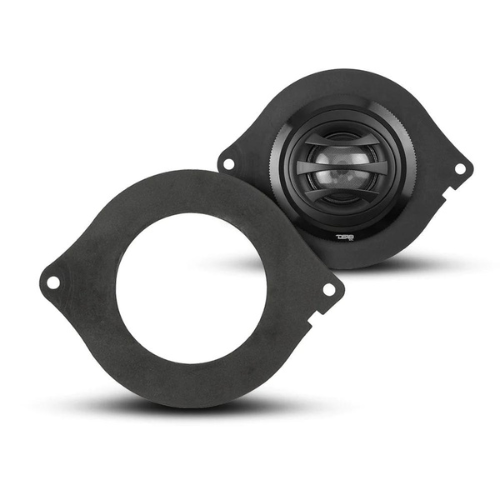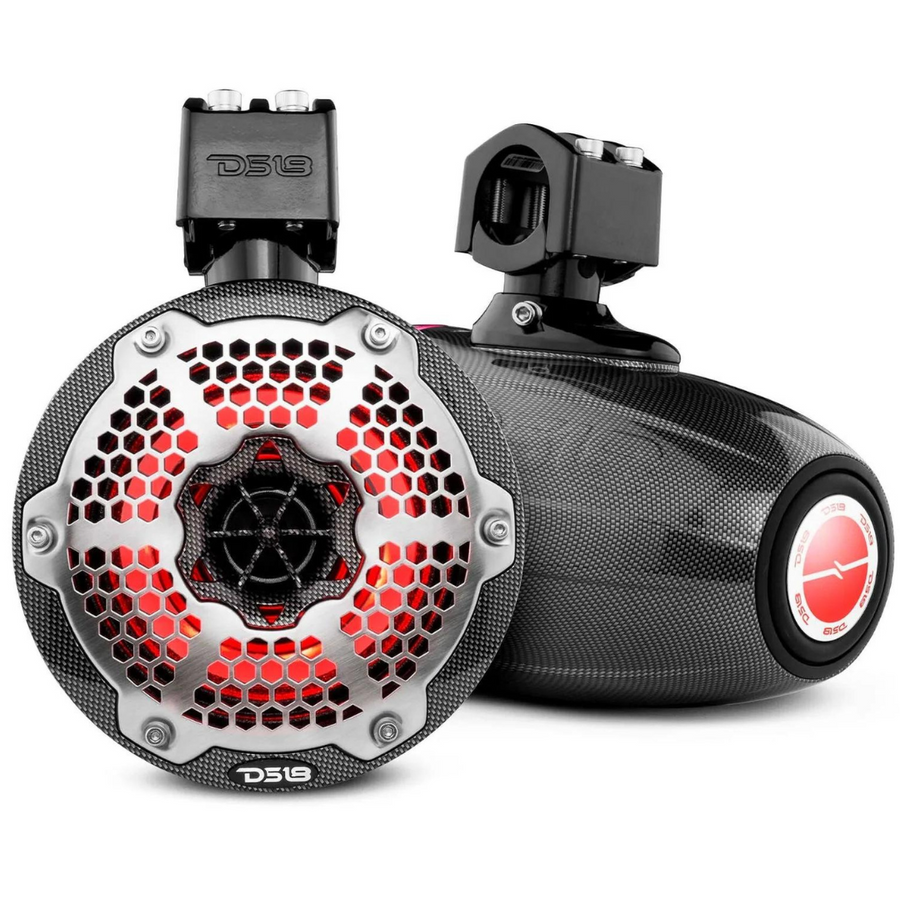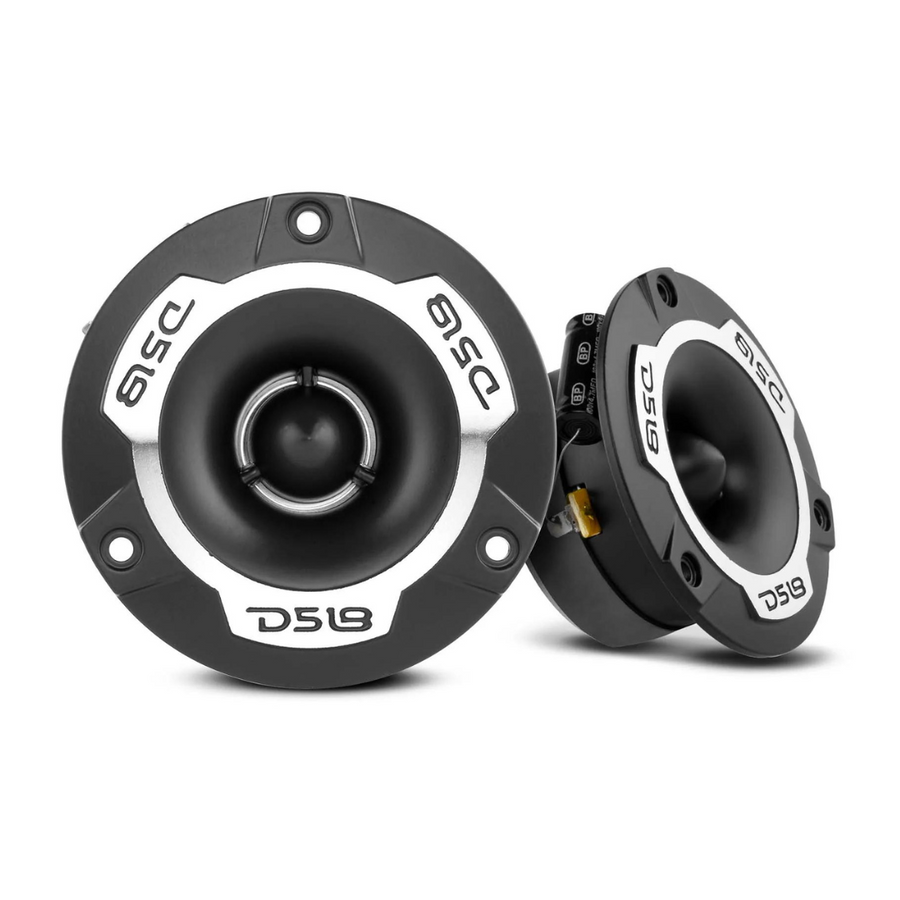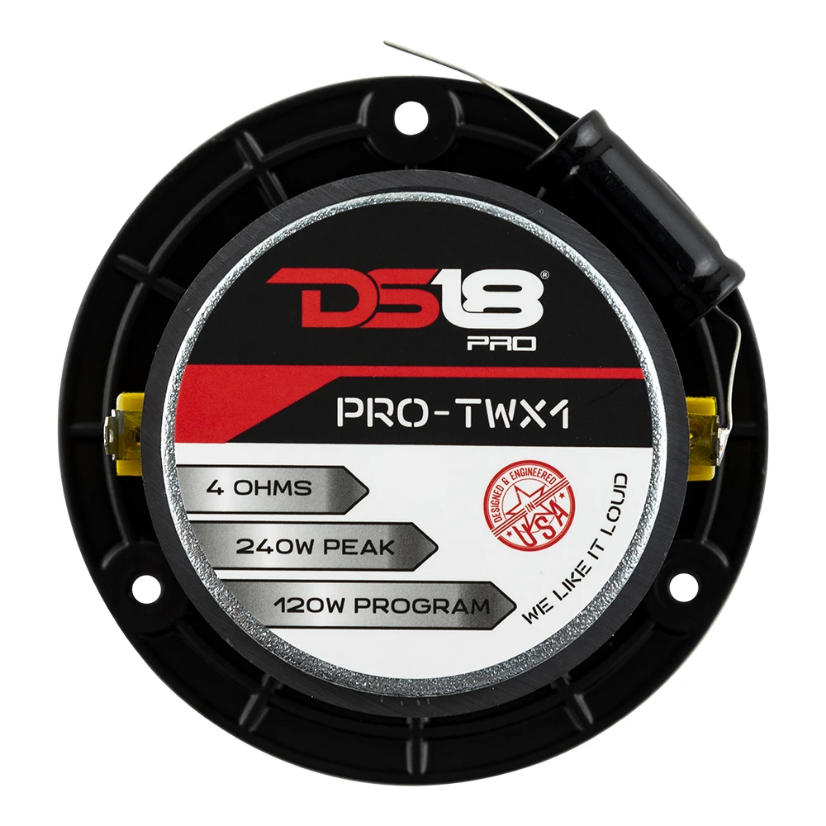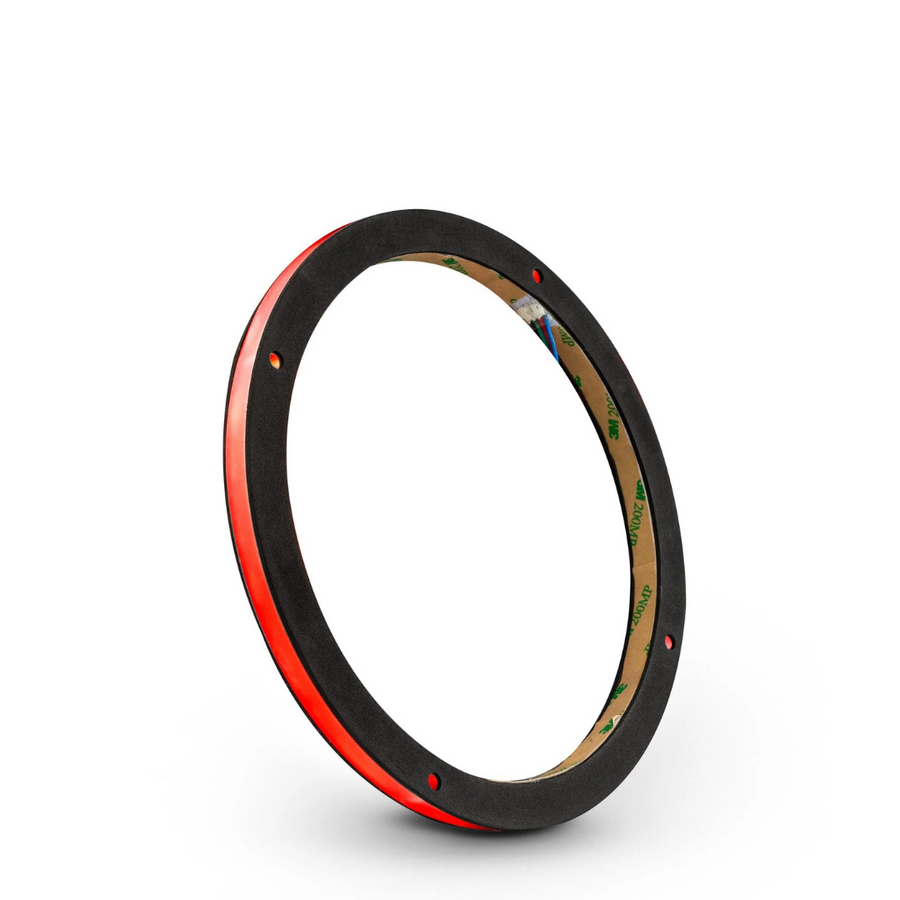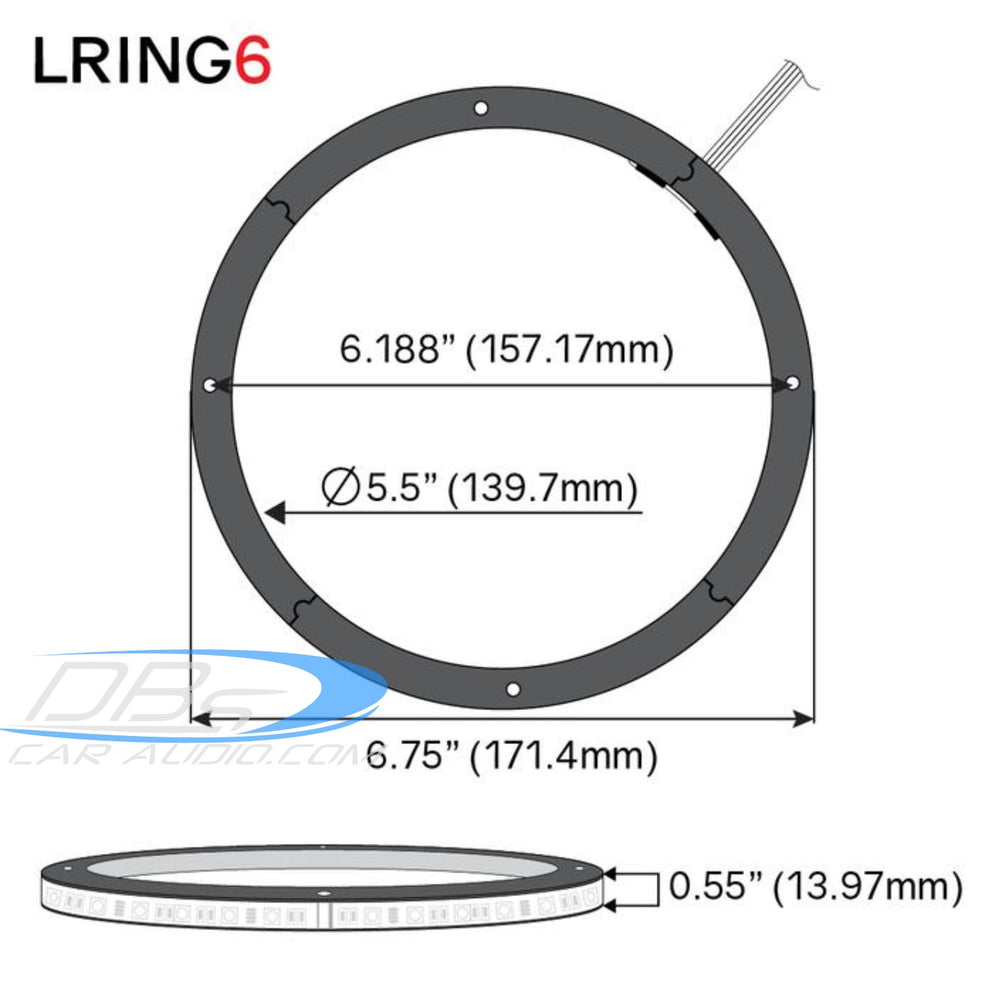The Lowdown on Subwoofers: The Importance of the Correct Enclosure
When it comes to enhancing your car’s audio system or home theater setup, one of the key components that often gets overlooked is the subwoofer enclosure. Many audio enthusiasts invest in high-quality subwoofers but fail to realize the critical role the enclosure plays in delivering the best possible sound experience. In this blog, we’ll delve into the importance of putting a subwoofer in the correct enclosure and how it can make or break your audio setup.
The Heart of the Bass: Subwoofers
Before we dive into enclosures, let’s first understand what subwoofers are and why they matter. Subwoofers are specialized speakers designed to reproduce low-frequency sounds, commonly referred to as bass. They provide the thumping, deep, and rich tones that can truly immerse you in your music or movie. Without a subwoofer, your audio experience can feel lackluster and incomplete.
The Role of the Subwoofer Enclosure
A subwoofer enclosure, also known as a subwoofer box, is more than just a housing for your subwoofer; it plays a crucial role in optimizing the performance of the subwoofer itself. Here’s why it’s important:
1. Acoustic Resonance and Efficiency
Different subwoofers are designed for specific enclosure types. Subwoofers have optimal enclosure designs that allow them to operate efficiently and resonate at the right frequencies. Putting a subwoofer in the correct enclosure ensures that it operates within these optimal parameters, resulting in improved sound quality and efficiency.
2. Protecting the Subwoofer
The enclosure protects the subwoofer from external elements and potential damage. It shields the sensitive components of the subwoofer from dust, moisture, and physical harm, prolonging the subwoofer’s lifespan.
3. Sound Quality and Clarity
The enclosure’s design significantly impacts the sound quality produced by the subwoofer. The correct enclosure will help control the airflow around the subwoofer, reducing distortion and enhancing sound clarity. It also assists in reproducing low frequencies accurately and with the desired impact.
4. Space Optimization
The right enclosure can help you optimize the use of available space. If you have limited space in your car or home theater setup, choosing a suitable enclosure can make a big difference in how you integrate the subwoofer into your system.
Types of Subwoofer Enclosures
There are several types of subwoofer enclosures to choose from, each with its characteristics and benefits. The most common types include:
Conclusion
In the world of audio, every detail matters, and the subwoofer enclosure is no exception. To ensure you’re getting the most out of your subwoofer, it’s essential to select the right enclosure that complements its design and your audio needs. Whether you’re a music enthusiast, a movie buff, or simply someone who appreciates high-quality sound, choosing the correct subwoofer enclosure will undoubtedly enhance your audio experience and make your investment.
The Heart of the Bass: Subwoofers
Before we dive into enclosures, let’s first understand what subwoofers are and why they matter. Subwoofers are specialized speakers designed to reproduce low-frequency sounds, commonly referred to as bass. They provide the thumping, deep, and rich tones that can truly immerse you in your music or movie. Without a subwoofer, your audio experience can feel lackluster and incomplete.
The Role of the Subwoofer Enclosure
A subwoofer enclosure, also known as a subwoofer box, is more than just a housing for your subwoofer; it plays a crucial role in optimizing the performance of the subwoofer itself. Here’s why it’s important:
1. Acoustic Resonance and Efficiency
Different subwoofers are designed for specific enclosure types. Subwoofers have optimal enclosure designs that allow them to operate efficiently and resonate at the right frequencies. Putting a subwoofer in the correct enclosure ensures that it operates within these optimal parameters, resulting in improved sound quality and efficiency.
2. Protecting the Subwoofer
The enclosure protects the subwoofer from external elements and potential damage. It shields the sensitive components of the subwoofer from dust, moisture, and physical harm, prolonging the subwoofer’s lifespan.
3. Sound Quality and Clarity
The enclosure’s design significantly impacts the sound quality produced by the subwoofer. The correct enclosure will help control the airflow around the subwoofer, reducing distortion and enhancing sound clarity. It also assists in reproducing low frequencies accurately and with the desired impact.
4. Space Optimization
The right enclosure can help you optimize the use of available space. If you have limited space in your car or home theater setup, choosing a suitable enclosure can make a big difference in how you integrate the subwoofer into your system.
Types of Subwoofer Enclosures
There are several types of subwoofer enclosures to choose from, each with its characteristics and benefits. The most common types include:
- Sealed Enclosure: This type provides tight and accurate bass, making it ideal for music that demands precision. It’s also relatively compact and versatile.
- Ported or Vented Enclosure: Ported enclosures are designed to enhance bass output and efficiency. They are great for deep bass and can deliver a more pronounced “boom.”
- Bandpass Enclosure: These enclosures are designed for maximum bass output within a specific frequency range. They can be quite powerful but are less versatile in terms of the frequencies they handle.
- Free-Air Enclosure: These enclosures are designed to work without a sealed box, and they are often installed in a vehicle’s rear deck or trunk. They are space-saving but require careful consideration of the vehicle’s acoustic properties.
Conclusion
In the world of audio, every detail matters, and the subwoofer enclosure is no exception. To ensure you’re getting the most out of your subwoofer, it’s essential to select the right enclosure that complements its design and your audio needs. Whether you’re a music enthusiast, a movie buff, or simply someone who appreciates high-quality sound, choosing the correct subwoofer enclosure will undoubtedly enhance your audio experience and make your investment.
More from:
Enclosure and Subwoofer Topics


